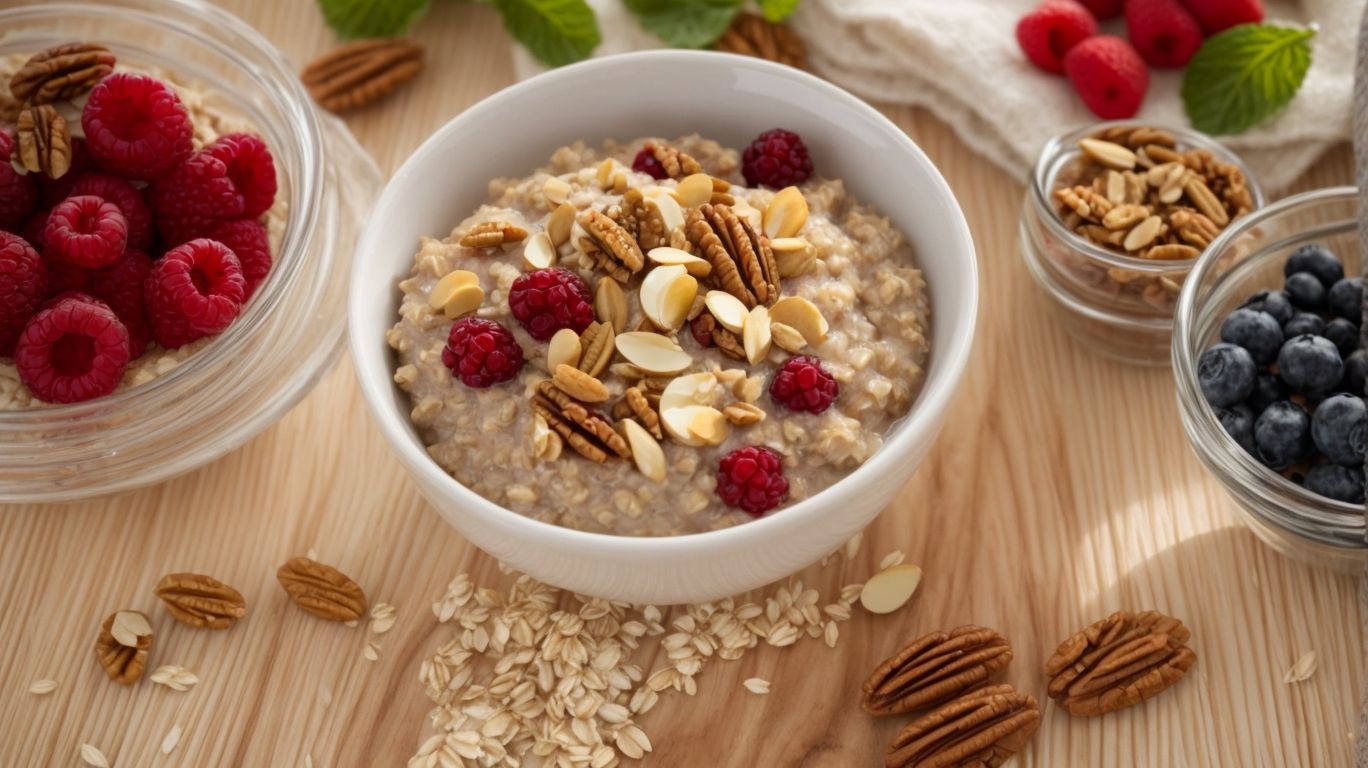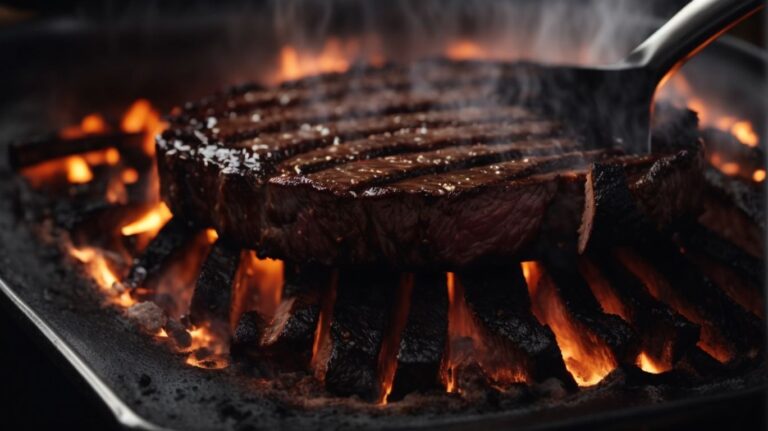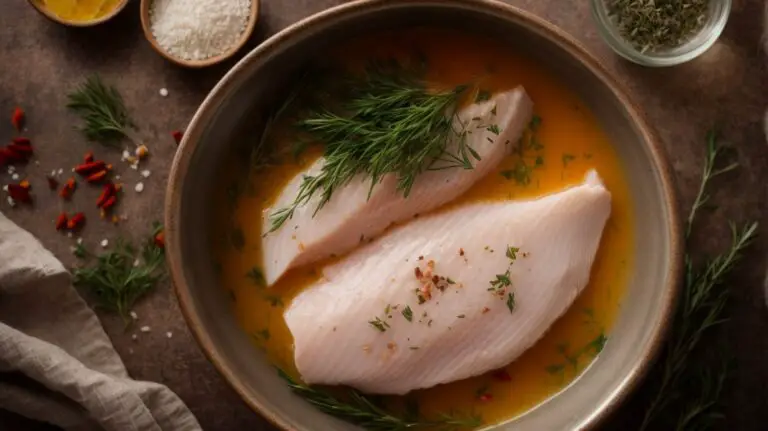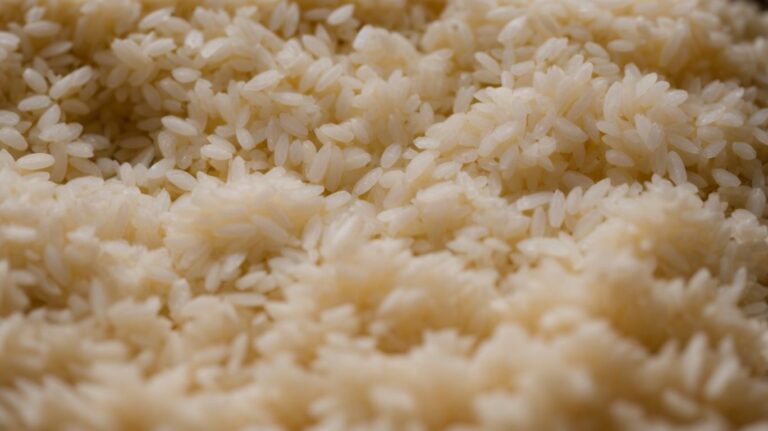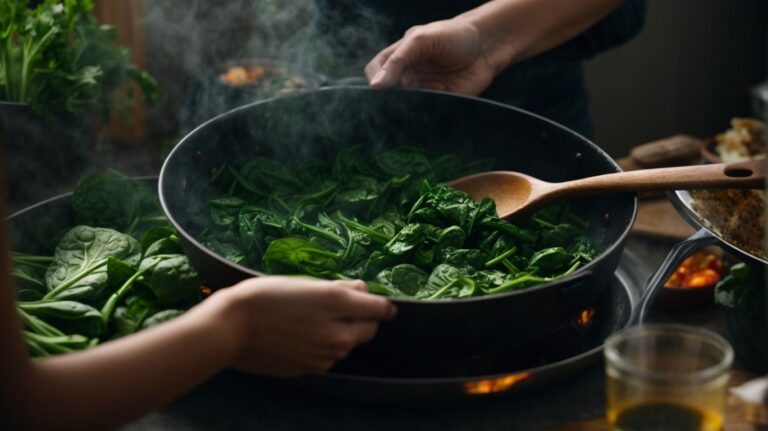How to Cook Oatmeal?
Looking to start your day with a nutritious and delicious breakfast option? Oatmeal might just be the perfect choice for you!
We explore the different types of oatmeal, its nutritional benefits, and how it can help with weight loss. We will also discuss how to choose the right oatmeal for cooking, the necessary ingredients, cooking methods, and tips for perfectly cooked oatmeal.
Stay tuned for some mouthwatering oatmeal recipes that will surely make your mornings brighter!
Key Takeaways:
What is Oatmeal?
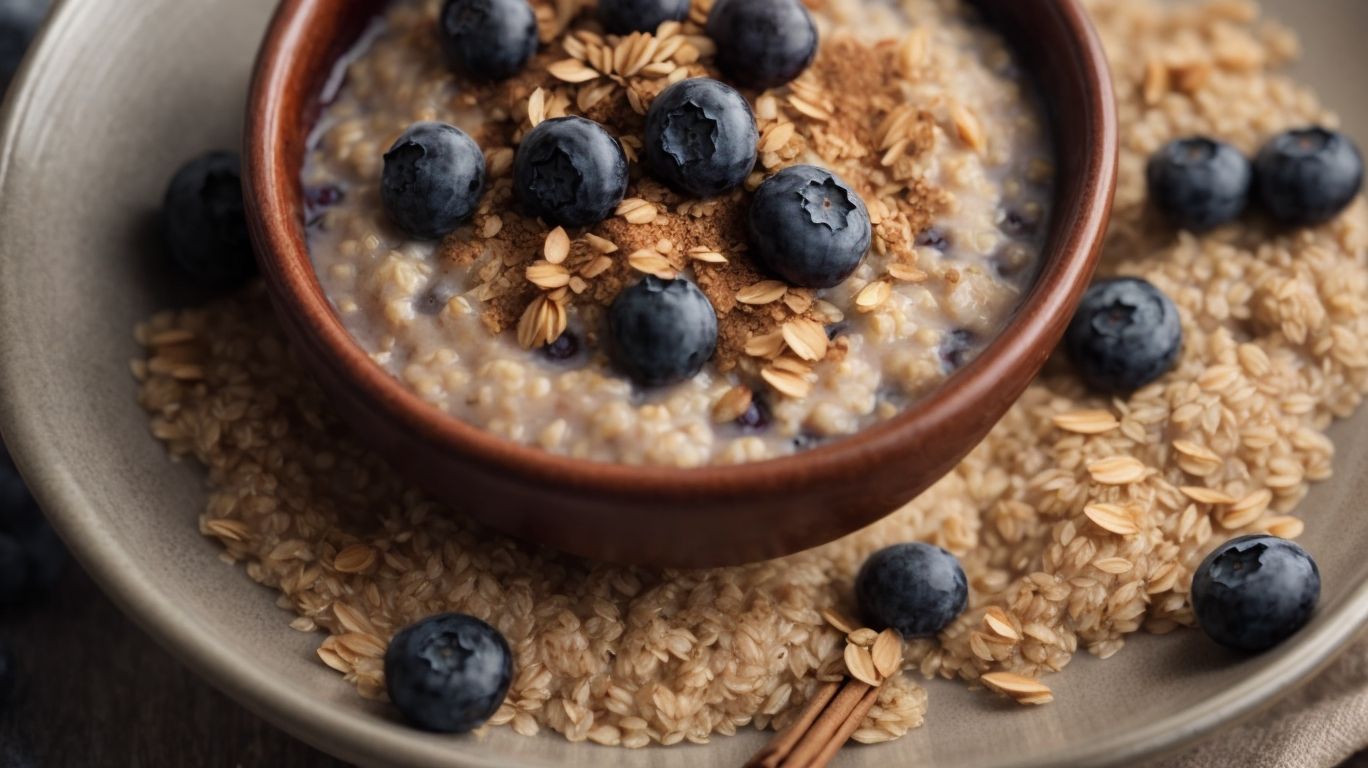
Credits: Poormet.Com – Adam Campbell
Oatmeal, a staple breakfast dish, is a nutritious meal made from oats that can be cooked in various ways.
Oatmeal is not only delicious but also packed with essential nutrients like fiber, iron, and protein. This hearty meal can be enjoyed sweet with fruits and honey or savory with vegetables and a sprinkle of cheese. Cooking methods for oatmeal include stove-top, microwave, and overnight soaking for a convenient and quick breakfast option. Incorporating oats into your morning routine provides long-lasting energy and helps regulate blood sugar levels, making it a smart choice for a healthy start to your day.
What are the Different Types of Oatmeal?
The different types of oatmeal include quick oats, steel cut oats, and old fashioned oats, each offering unique textures and cooking times.
Quick oats are the most processed of the three, rolled into thinner flakes for a faster cooking time. They have a soft texture and can be prepared by simply adding boiling water or microwaving them. On the other hand, steel cut oats are the least processed, with a chewy texture and nutty flavor. They require a longer cooking time and are often used in recipes like overnight oats or savory oatmeal bowls.
Old fashioned oats fall between quick oats and steel cut oats in terms of processing; they are steamed and rolled but still retain their shape more than quick oats. They have a slightly chewy texture and are popular for oatmeal cookies, granola, and traditional hot oatmeal breakfasts.
Why is Oatmeal a Popular Breakfast Choice?
Oatmeal has become a popular breakfast choice due to its reputation as a healthy, energy-boosting meal that can be customized to suit various tastes.
One of the key reasons behind the widespread popularity of oatmeal is its exceptional health benefits. Loaded with fiber, oatmeal promotes digestive health and keeps you feeling full for longer periods, which is essential for a productive morning. Oatmeal is a great source of complex carbohydrates, providing a sustained release of energy to fuel your day ahead. Its versatility in terms of toppings and additions allows for endless flavor combinations, making it a customizable breakfast option for everyone’s unique preferences.
What are the Nutritional Benefits of Oatmeal?
Oatmeal offers an array of nutritional benefits, including being a healthy source of protein and fiber that supports overall well-being.
Protein is essential for building and repairing tissues in the body, while fiber aids in digestion and helps keep you feeling full and satisfied. With a good amount of both protein and fiber, oatmeal makes for a satiating and nutritious choice for any meal.
The fiber content in oatmeal can help regulate blood sugar levels, making it a great option for individuals looking to manage their blood sugar. The combination of protein and fiber also contributes to a sense of long-lasting energy throughout the day, helping to sustain you and keep cravings at bay.
How Does Oatmeal Help with Weight Loss?
Oatmeal aids in weight loss by being a healthy, low-calorie option that keeps you feeling full and satisfied, reducing the likelihood of overeating.
Oatmeal is rich in soluble fiber, which helps regulate blood sugar levels and promotes digestive health. This fiber content not only aids in achieving a sense of fullness but also slows down digestion, providing a steady release of energy throughout the day. In addition, oatmeal is a versatile food that can be easily customized with toppings like fruits, nuts, or seeds, adding essential nutrients and flavors without compromising its low-calorie nature.
How to Choose the Right Oatmeal for Cooking?
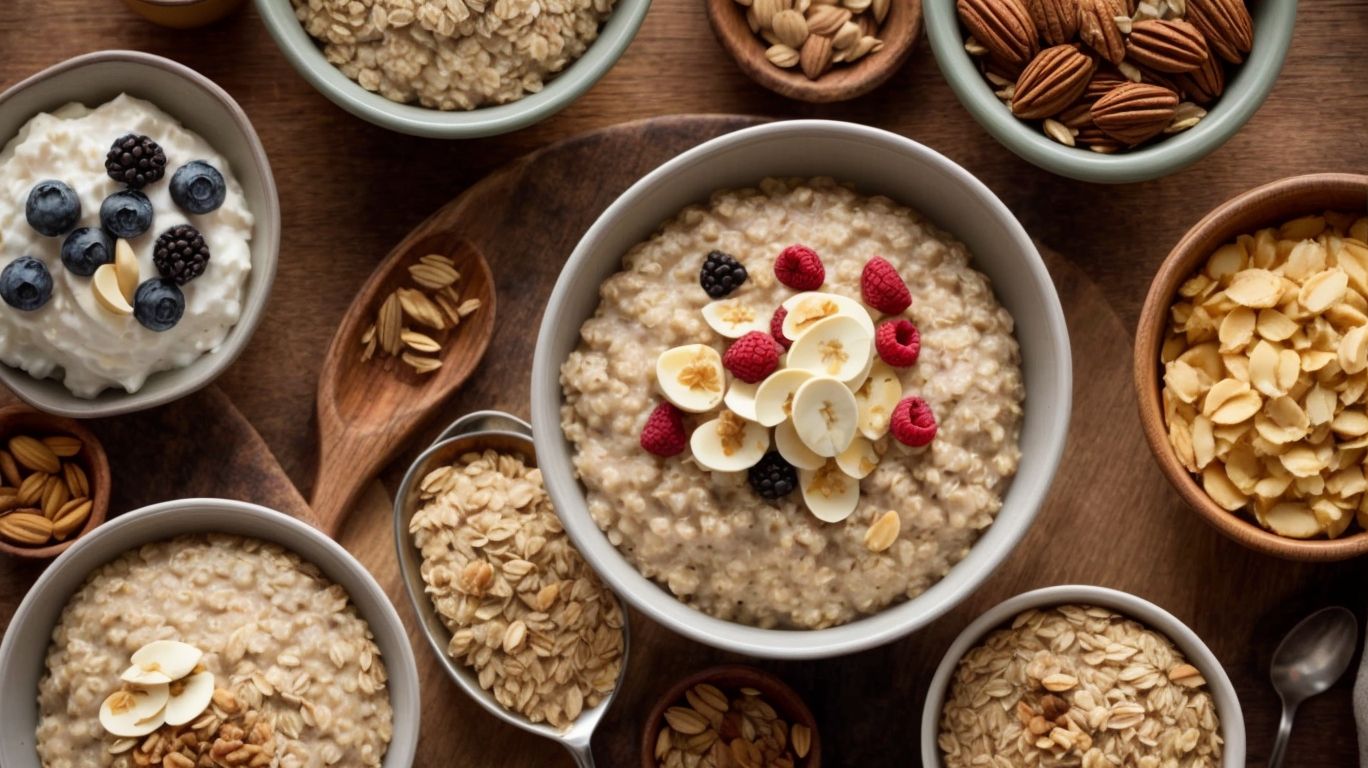
Credits: Poormet.Com – Zachary Adams
Selecting the right type of oatmeal for your cooking needs depends on the texture and cooking time you desire, with options ranging from quick oats to steel cut oats.
Quick oats, also known as instant oats, are the most processed type, offering a smoother texture and fastest cooking time, making them a convenient choice for busy mornings.
On the other hand, steel-cut oats, made by cutting the whole oat groats into small pieces, have a hearty texture and require longer cooking, but offer a chewier consistency and nuttier flavor.
Consider your preferences and time constraints when selecting between these types, as they each offer distinct benefits. Quick oats are ideal for those seeking a quick breakfast option, while steel-cut oats cater to those who enjoy a more substantial and textured oatmeal experience.
What Ingredients Do You Need to Cook Oatmeal?
To cook oatmeal, you’ll need basic ingredients like oats, milk, and water, along with optional toppings and flavorings to suit your preferences.
In terms of oats, opt for rolled oats for a creamier texture, or steel-cut oats for a chewier consistency. For the liquid component, water is often used, but you can enhance the flavor and creaminess by substituting part or all of it with milk – be it regular dairy milk, almond milk, or oat milk. Consider adding in a pinch of salt to enhance the overall taste.
Now, let’s talk about those customizable toppings! You can elevate your oatmeal by incorporating fresh fruits like bananas or berries, nuts such as almonds or pecans for crunch, and a drizzle of honey or maple syrup for sweetness.
What are the Different Cooking Methods for Oatmeal?
Oatmeal can be prepared using various cooking methods, such as the microwave for quick results or the stove for a traditional approach.
If you prefer speed and convenience, the microwave method is ideal, allowing you to have a warm and hearty bowl of oatmeal ready in just a few minutes. Simply add oats and water in a microwave-safe bowl, cook on high for a couple of minutes, and enjoy a fuss-free breakfast option.
On the other hand, the stove method offers a more hands-on approach, giving you control over the consistency and texture of your oatmeal. By simmering oats in liquid on the stovetop, you can create creamy or chewy oatmeal, catering to your personal taste preferences.
How to Customize Your Oatmeal with Toppings?
Customizing your oatmeal with an array of toppings like fruits, nuts, and seeds can elevate its flavor and nutritional profile, offering a personalized breakfast experience.
In terms of adding fruits to your oatmeal, options like sliced bananas, berries, diced apples, or tropical fruits like mango can provide a burst of natural sweetness and vitamins.
For nutty variations, consider sprinkling almonds, walnuts, pecans, or pistachios for a crunchy texture and a dose of healthy fats and protein.
Seeds are another excellent choice; chia seeds, flaxseeds, pumpkin seeds, or sunflower seeds can introduce a delightful crunch and boost the fiber and omega-3 content of your morning meal.
Tips for Perfectly Cooked Oatmeal
Achieving perfectly cooked oatmeal requires attention to details such as cooking method, liquid ratios, and desired consistency to create a satisfying breakfast dish.
In terms of cooking oatmeal, the method you choose can significantly impact the final result. Opt for stovetop cooking for a creamier texture or microwave for the quickest preparation. Adjusting the liquid proportions is key; aim for a 2:1 liquid-to-oats ratio for a thicker consistency or 2.5:1 for a runnier oatmeal. To achieve your desired consistency, remember you can always add more liquid during the cooking process if it becomes too thick. Experimentation is key to finding the perfect balance for your taste preferences!
What Are Some Delicious Oatmeal Recipes?
Delicious oatmeal recipes like overnight oats, baked oatmeal, savory oatmeal bowls, and oatmeal cookies offer creative and satisfying breakfast alternatives.
One popular choice for oatmeal lovers is overnight oats, a simple and customizable recipe where oats are soaked in milk and yogurt overnight and topped with fruits, nuts, or seeds.
Baked oatmeal is another delightful option, combining oats, milk, eggs, and sweeteners baked in the oven until golden and crispy.
For those seeking a savory twist, savory oatmeal bowls with ingredients like eggs, avocado, and crispy bacon provide a hearty and flavorful start to the day.
And for a sweet treat, oatmeal cookies made with rolled oats, butter, and chocolate chips satisfy any cookie cravings.
Overnight Oats
Overnight oats are a convenient breakfast option that can be prepared in advance and stored for a hassle-free morning meal.
Making overnight oats is a simple process that involves combining rolled oats, milk or yogurt, and your favorite toppings in a jar or container before refrigerating them overnight. The oats absorb the liquid, creating a creamy and flavorful mixture that can be enjoyed cold or warmed up. To make this even easier, you can prep multiple jars at once, allowing you to grab and go throughout the week. Storing overnight oats in airtight containers in the fridge helps maintain their freshness, making them a convenient and healthy breakfast choice.
Baked Oatmeal
Baked oatmeal is a versatile dish that allows for creative use of leftovers and ingredient substitutions to tailor the recipe to individual preferences.
Whether you have ripe bananas, berries on the verge of turning, or a surplus of nuts and seeds, baked oatmeal provides the perfect canvas to transform these ingredients into a delicious breakfast treat.
Experimentation is key in the world of baked oatmeal, where you can play with spices like cinnamon and nutmeg, add a dollop of yogurt or a drizzle of maple syrup for extra flavor, and even sneak in some veggies or protein powder for a nutritious twist. The possibilities are endless, allowing you to cater to your taste buds and use up pantry staples before they go to waste.
Savory Oatmeal Bowl
Savory oatmeal bowls, topped with ingredients like almond butter and fresh vegetables, offer a unique and flavorful twist on traditional sweet oatmeal recipes.
Embracing the trend of versatile and nutritious breakfast options, savory oatmeal bowls present a delightful balance of savory flavors and wholesome goodness. This innovative twist on a classic morning dish allows for endless customization, making it perfect for those seeking a more savory start to their day.
From creamy almond butter to crisp and colorful vegetables, the toppings for savory oatmeal bowls are as diverse as they are delicious. Imagine a hearty bowl filled with creamy oats, topped with a drizzle of rich almond butter that melts into the warm grains, perfectly complemented by a medley of sautéed veggies for added texture and flavor.
Oatmeal Cookies
Oatmeal cookies, infused with sweeteners and chocolate chips, provide a delightful treat that combines the wholesome goodness of oats with indulgent flavors.
In terms of sweetening options for oatmeal cookies, brown sugar, maple syrup, honey, or agave nectar are popular choices that enhance the rich taste profile. The addition of vanilla extract can also elevate the overall flavor. As for the chocolate chip variations, you can opt for classic semi-sweet chocolate chips, dark chocolate chunks, or even white chocolate shavings for a unique twist. The key to achieving that perfect chewy texture is to refrigerate the cookie dough for at least an hour before baking.
Conclusion
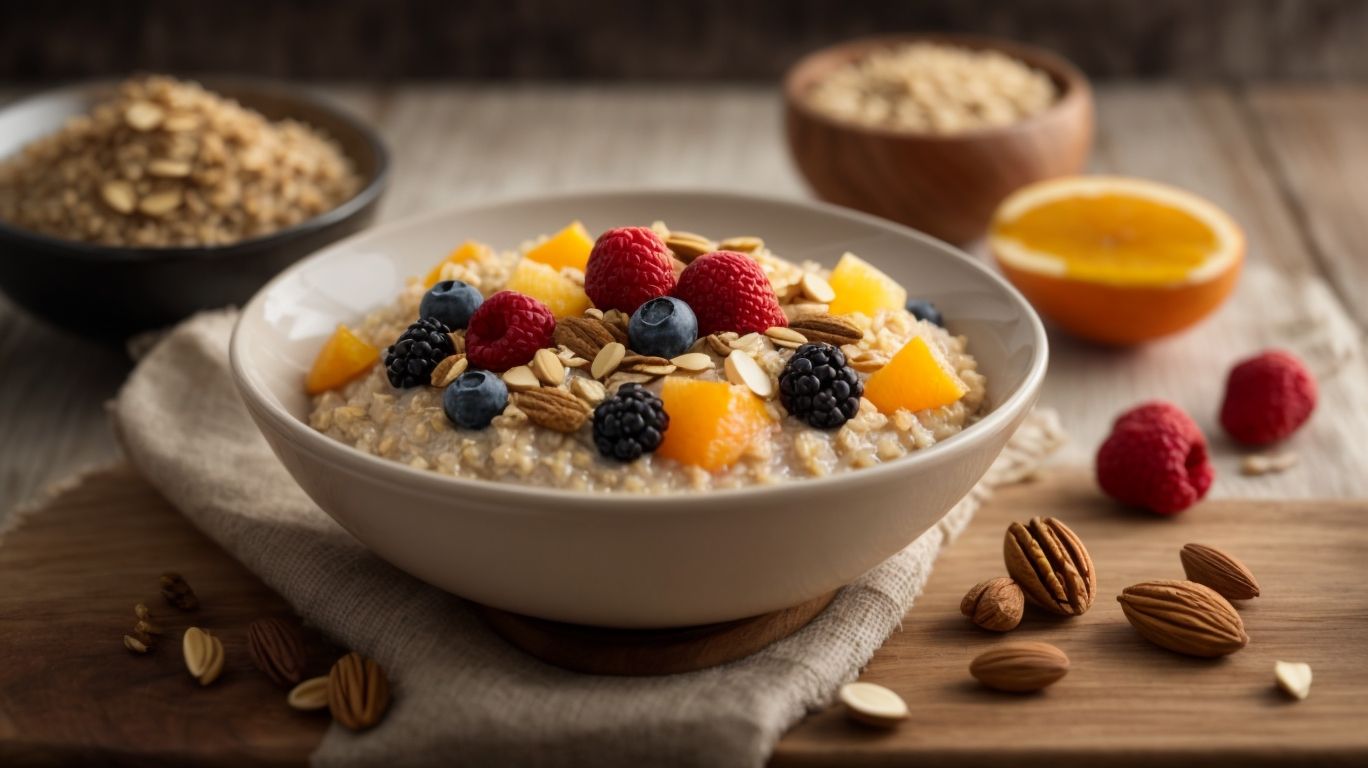
Credits: Poormet.Com – Ryan Wilson
Oatmeal offers a delightful breakfast experience with endless possibilities for customization and culinary exploration.
Whether you prefer your oatmeal topped with fresh fruits, nuts, or a drizzle of honey, there is a combination to suit every palate. The beauty of oatmeal lies in its ability to adapt to various flavors and textures, making it a versatile option for both sweet and savory preferences. From indulgent cinnamon-spiced oatmeal to savory oatmeal bowls topped with avocado and eggs, the choices are truly limitless.
Frequently Asked Questions
How do I cook oatmeal to perfection?
To cook oatmeal to perfection, start by bringing 2 cups of water to a boil. Add in 1 cup of oats and reduce the heat to a simmer. Let it cook for 10-15 minutes, stirring occasionally, until it reaches your desired consistency.
Can I use milk instead of water to cook oatmeal?
Yes, you can use milk instead of water to cook oatmeal. It will give the oatmeal a creamier and richer texture and flavor. Just make sure to keep an eye on the oatmeal as milk tends to boil over more easily than water.
What are some toppings I can add to my oatmeal?
You can get creative with toppings for your oatmeal. Some popular options include fresh berries, sliced bananas, nuts, dried fruits, honey, and nut butter. You can also add a dash of cinnamon or a drizzle of maple syrup for extra flavor.
How do I make oatmeal more filling?
To make oatmeal more filling, you can add in some protein-rich toppings such as nuts, seeds, or nut butter. You can also mix in some Greek yogurt or add a scoop of protein powder to the oatmeal while cooking.
Do I need to pre-soak the oats before cooking?
No, you do not need to pre-soak oats before cooking. They can be cooked directly in water or milk. However, pre-soaking can help make the oats easier to digest and reduce the cooking time.
Can I make oatmeal ahead of time?
Yes, you can make oatmeal ahead of time. Cook the oatmeal as usual and let it cool. Then, transfer it to an airtight container and store it in the fridge for up to 3-4 days. Reheat in the microwave with a splash of milk or water, if needed.

